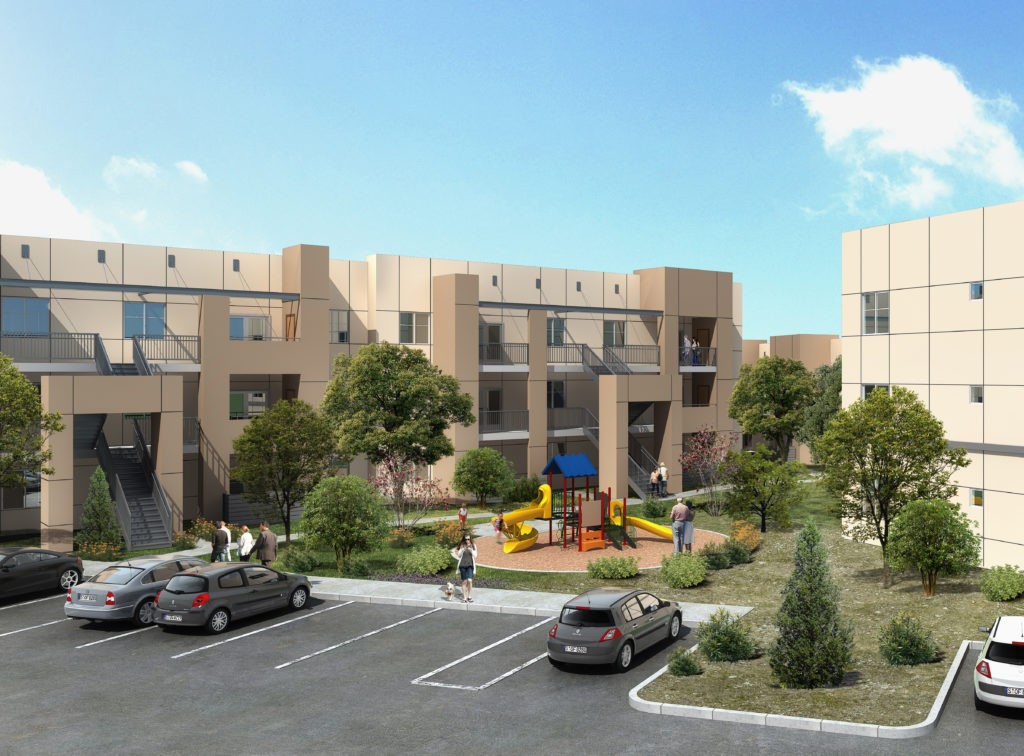A Sedona resident is planning on building a 192-unit apartment complex on Candy Lane near Verde Valley Medical Center.
While not set to open until 2022, the complex will add nearly 200 units to the Verde Valley’s depleted rental supply.
We find it completely unsurprising that the only way the Sedona area’s dearth of affordable or reasonable or workforce housing might get any relief is if other communities step up and do what Sedona leaders can’t or flat-out won’t do.
One of the co-developers of this property recently applied to fill a seat on the Sedona City Council. It is telling that no member of council offered a single vote to the one applicant actively trying to build housing and help alleviate the biggest problem in the Verde Valley — but hey, at least he was a finalist! Bronze medals are awesome!
The lack of any vote for that candidate tells working class Sedonans that those currently on Sedona City Council really don’t care about housing, not that we thought they ever did anyway.

The Inspirati on at Cott onwood apartment complex will feature 192 units for lease, ranging from 694-square-foot one-bedroom apartments to 1,181-square-foot three-bedrooms, with the most common size being two-bedroom units. The 9-acre complex near Candy Lane will open in 2022.
The city dangles a mystical and magical affordable housing fund to residents who bemoan the lack of reasonable rentals as a jewel that will one day, sometime, maybe, when things are right, when the project is perfect, when no neighbor complains, when the NIMBYs join hands to sing its praises, when Elijah and Godot finally arrive, that council will support a building project with some cash.
In reality, council and the city don’t offer any real support nor spend any on significant deals that could allow affordable housing projects to come to our area, so developers balk. Then the land where an apartment building or duplex or town homes could be built on vacant until — oops, a hotelier just bought it and — surprise, surprise, surprise — wants to build a hotel.
Meanwhile these developers of hotels and other projects get fleeced for units or cash to put back into a rainy-day fund for use on a planet with no rain.
Sedona City Council members clearly do not understand how the housing market works. Even one big, perfect complex of 500 units will not solve our lack of housing problem, nor should we pretend that housing issues will be solved with one project.
When there is a wide variety of available housing options — apartments, single-family homes, duplexes, government-supported properties, apartments partially funded or managed by nonprofits, etc. — the overall housing inventory gives more housing options to workers and working families. The increase in rental properties produces competitive rates because renters have choice and property owners have to lower rates to compete, making it more possible to find reasonably priced apartments or homes. Available renters are less likely to fight and scramble for the 200 or so units in far West Sedona that are only periodically open when someone leaves town.
But with a small inventory of rentals in Sedona and the Village of Oak Creek, renters are charged exorbitant prices for the limited supply of long-term rentals and many workers choose to leave rather than pay double what they must in other towns.
However, property owners turning their properties into short-term vacation rentals eat up the already tiny market. But don’t hate the player, hate the game; we can’t really blame short-term rental owners for all our social ills, considering the profit margin which is double or triple what a long-term rental can generate.
The Arizona State Legislature recently killed a short-term rental bill because lawmakers said it simply did not go far enough to allow for local control.
Airbnb contacted us almost immediately with a press release condemning the legislature’s actions killing “new tools to address short-term rental” problems — but of course the industry hates that a bill it wrote to regulate itself died. The bipartisan vote was 43 to 17 in an equally-divided legislature — it was a bad bill. Letting industry lobbyists write legislation is either lazy or corrupt or both. Perhaps real regulation will come to the floor in 2022.
Sedona residents and our leaders claim one of the problems facing our city is a lack of community, culture and “sense of place.”
Part of that comes from living in the city where its workers are “foreigners” from other towns. They recreate where they live, not in their commuter town, meaning locals are as much strangers as one-off tourists from Hoboken or Walla Walla or Des Moines.
Perhaps Sedona should ask for Cottonwood to annex us because that council appears to support its workers rather than the perpetual majority retirearchy that has ruled Sedona council since incorporation.
If Sedona leaders won’t help residents live here, Sedona “community” will die the same slow death as our rental market.
Christopher Fox Graham
Managing Editor